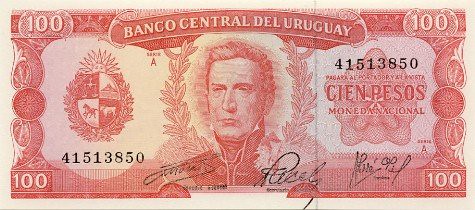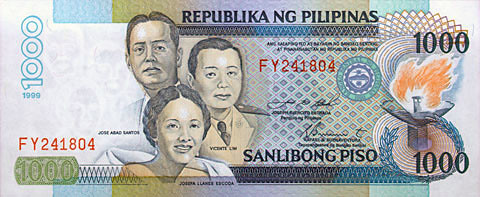 By Poornima Gupta
By Poornima Gupta DETROIT (Reuters) - After three decades at work in a GM factory, John Martinez has reached a crossroads.
Martinez, 50, must choose between retiring and making a long and expensive commute across state lines to stay with General Motors Corp. Any future he can imagine is going to be costly and tough.
"My whole family is under stress," he said.
The same can be said of the embattled U.S. auto industry and its recession-hardened hometown, Detroit. GM, once an emblem of U.S. post-war economic might, is being driven to the brink by dwindling sales that are expected to test cash reserves and the nerves of investors in the months ahead.
Crosstown rivals Ford Motor Co and privately held Chrysler LLC face similar pressures. As the automakers weigh their options to ride out the industry's most-trying slump in 25 years, thousands of Detroit families are doing the same.
For many, the choices line up from bad to worse.
With four kids, retirement is not an option for Martinez. But driving more than 100 miles daily between home in the Detroit suburb of Lincoln Park and Toledo, Ohio -- where GM has a job for him -- is going to hurt with gas over $4 a gallon.
Moving from Detroit, one of the markets hit hardest by the ongoing housing slump, could prove impossible."I can't probably sell my home for what it's worth," said Martinez. "I will owe more than I sell it for."
When Martinez joined GM in the late 1970s, it controlled 46 percent of the U.S. vehicle market. A union job in the U.S. auto industry was seen as steady work with good wages and rock-solid benefits -- for life.
But last week, GM shares skidded to their lowest level since 1955. The stock had its worst week since trading in the wake of the September 11, 2001 attacks, with Wall Street analysts handicapping when and how it will raise new capital.
GM's sales have dropped 15 percent so far this year, and its share of the U.S. market is down to just 21 percent.
When major automakers report sales for June on Tuesday, there is a chance that GM will be overtaken by Toyota Motor Co as the monthly sales leader, a reversal that points to the popularity of small cars like the Yaris and the abandonment of SUVs and trucks like the Yukon and Silverado.
CUTS, CUTS, AND THEN MORE CUTS
GM has responded by slashing costs, cutting truck production and slashing its factory work force to less than half of the 118,000 it employed four years ago.
When Martinez joined GM, it was near its peak factory payroll of 468,000 with a new factory in Oklahoma City set to start up. Now it is rolling back, shuttering plants and cutting jobs. On Friday, 17,000 more GM workers took buyouts to leave.
On a combined basis, GM, Ford and Chrysler have cut more than 100,000 factory jobs since sales began to slow in 2006.For Detroit, the downturn has been brutal. Michigan's jobless rate jumped to a 16-year high of 8.5 percent for May. Detroit led the nation with its home foreclosure rate in 2007.
In nearby Inkster, hometown of Motown's Marvelettes, businesses on either side of the Picture Perfect beauty salon are boarded-up.
Tasha Shaw, the salon owner, is considering giving up too. Sales have dropped 60 percent over the last year as clients in the auto industry been forced to cut back.
"I have never seen it this bad," she said.
Inkster is tied to the fortunes of Ford, headquartered in nearby Dearborn. In the industry's boom days, jobs were plentiful, drawing workers from around the country. Civil rights activist Malcolm X lived in Inkster in the early 1950s and worked briefly in a local Ford plant.
But now, for many left in Inkster, a haircut is no longer an affordable luxury, Shaw said. "They have so many bills. People have lost their cars, homes... It's terrible," she said.
Across town in the suburb of Oak Park, Lauri Kopack's husband, an electrician, has been forced to take a job in West Virginia. He comes home on weekends when he can, but gas is expensive for his Ford F-150 pickup truck.
"There are no jobs here," Kopack said, adding that about 1,400 in her husband's union local are out of work.
"It's tough," she said. "When he comes home, he is like a visitor."
(Editing by Braden Reddall)
































